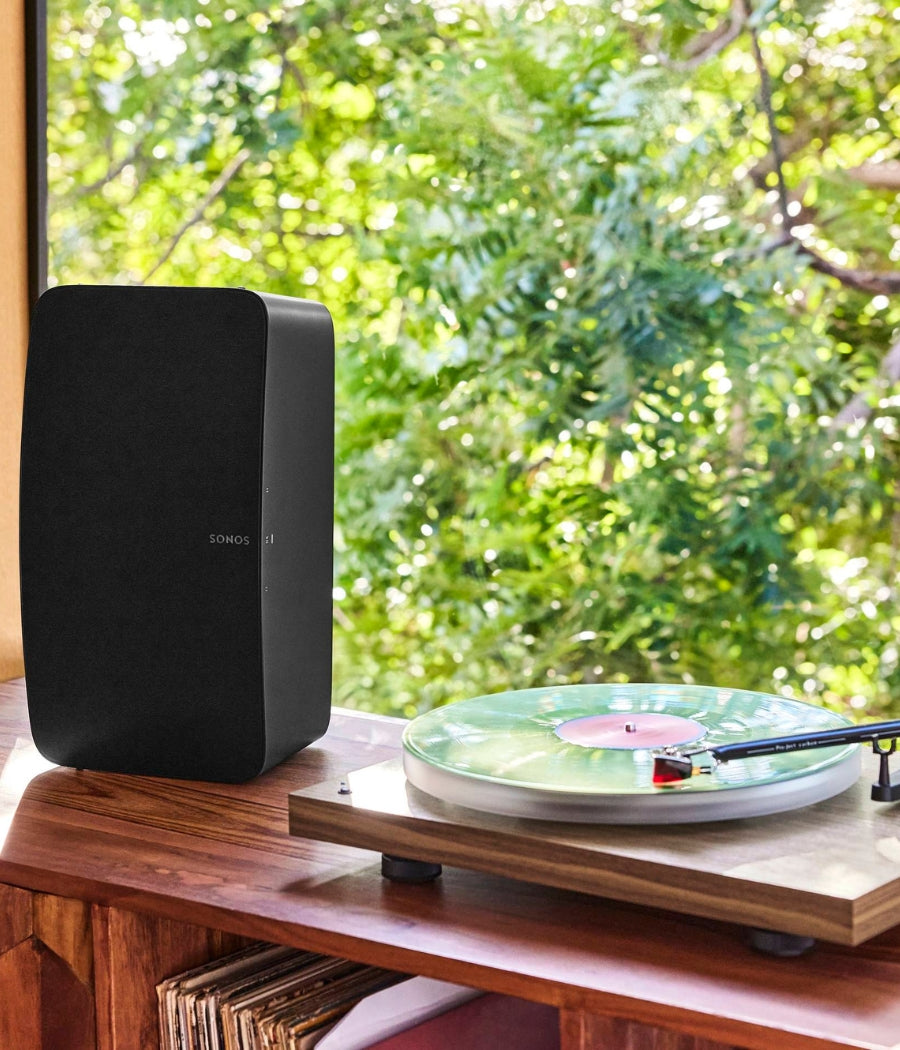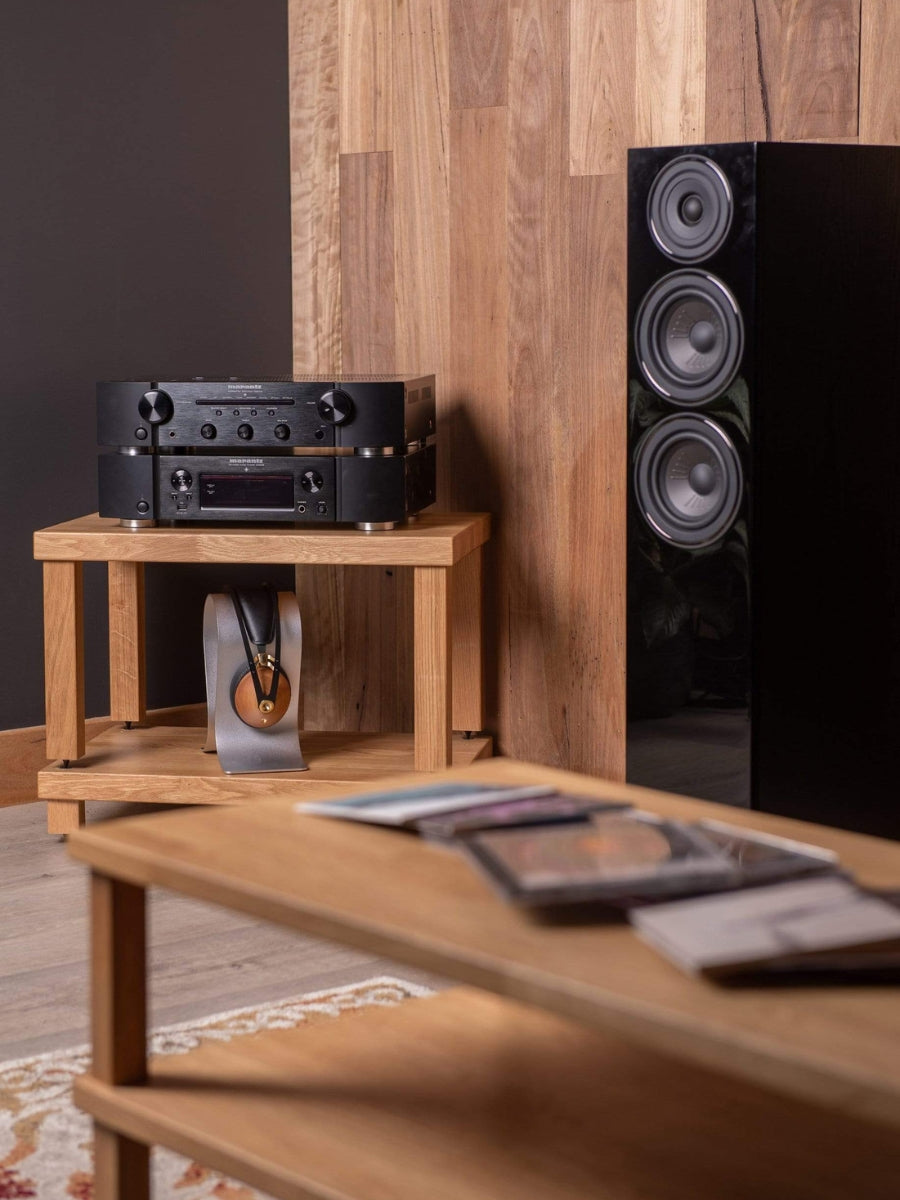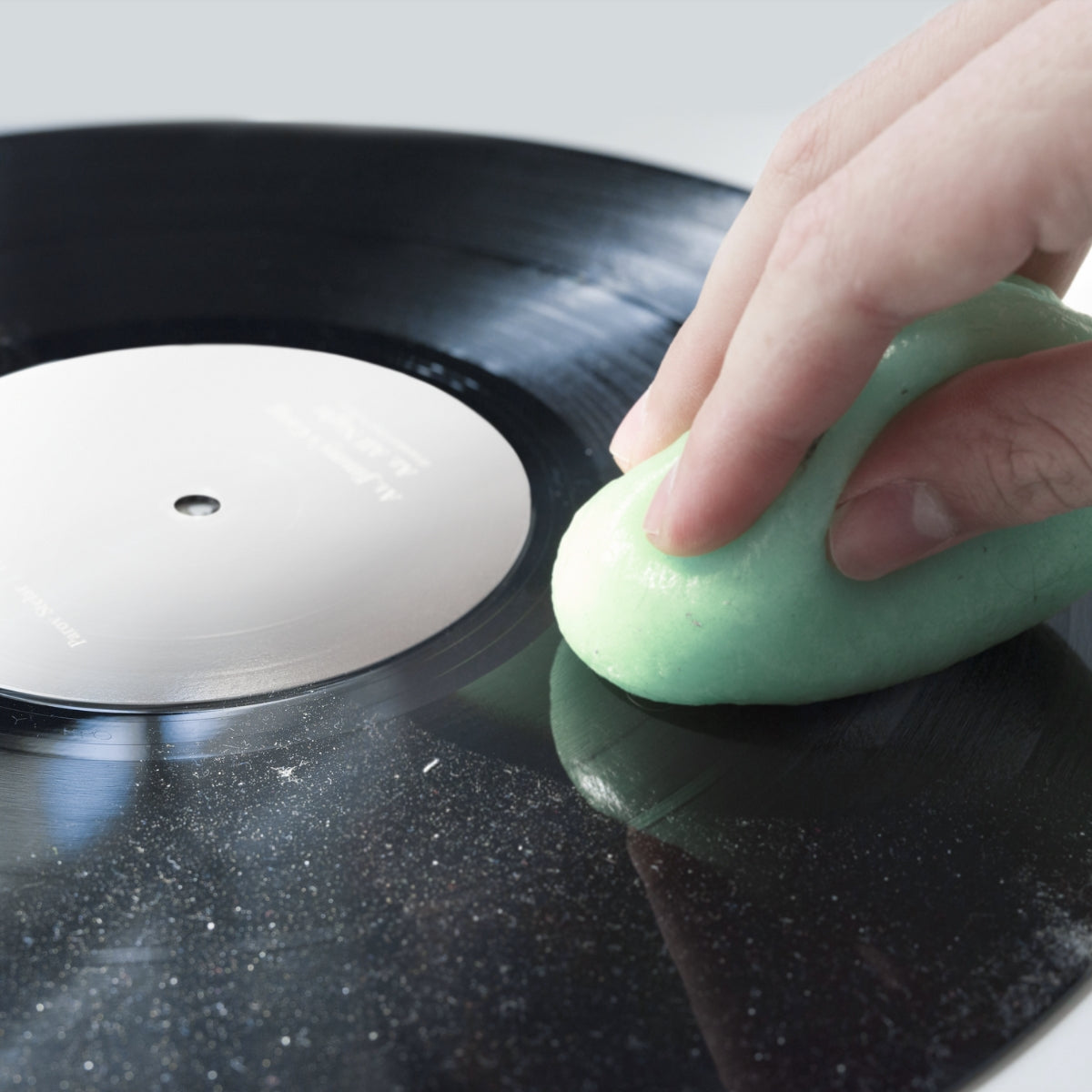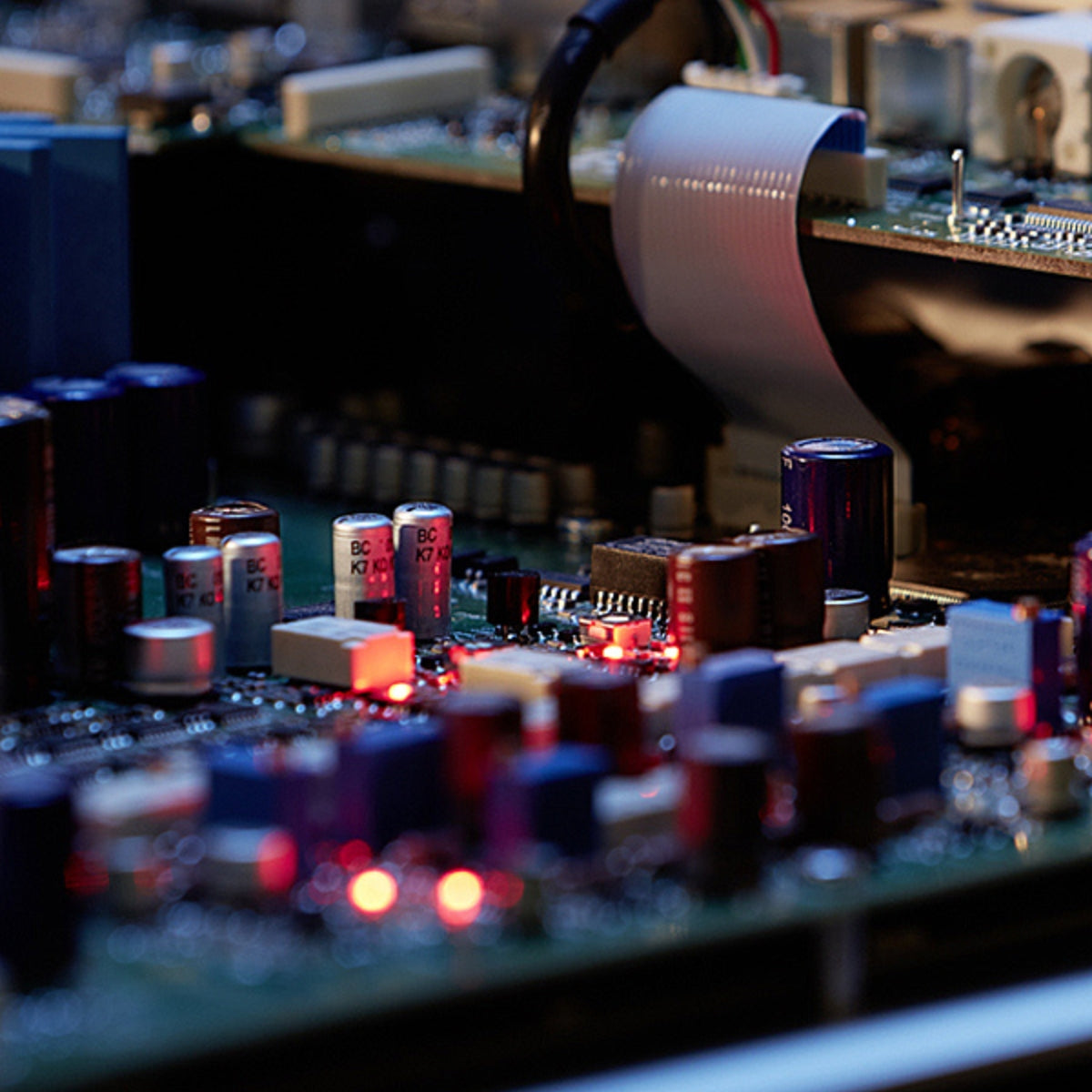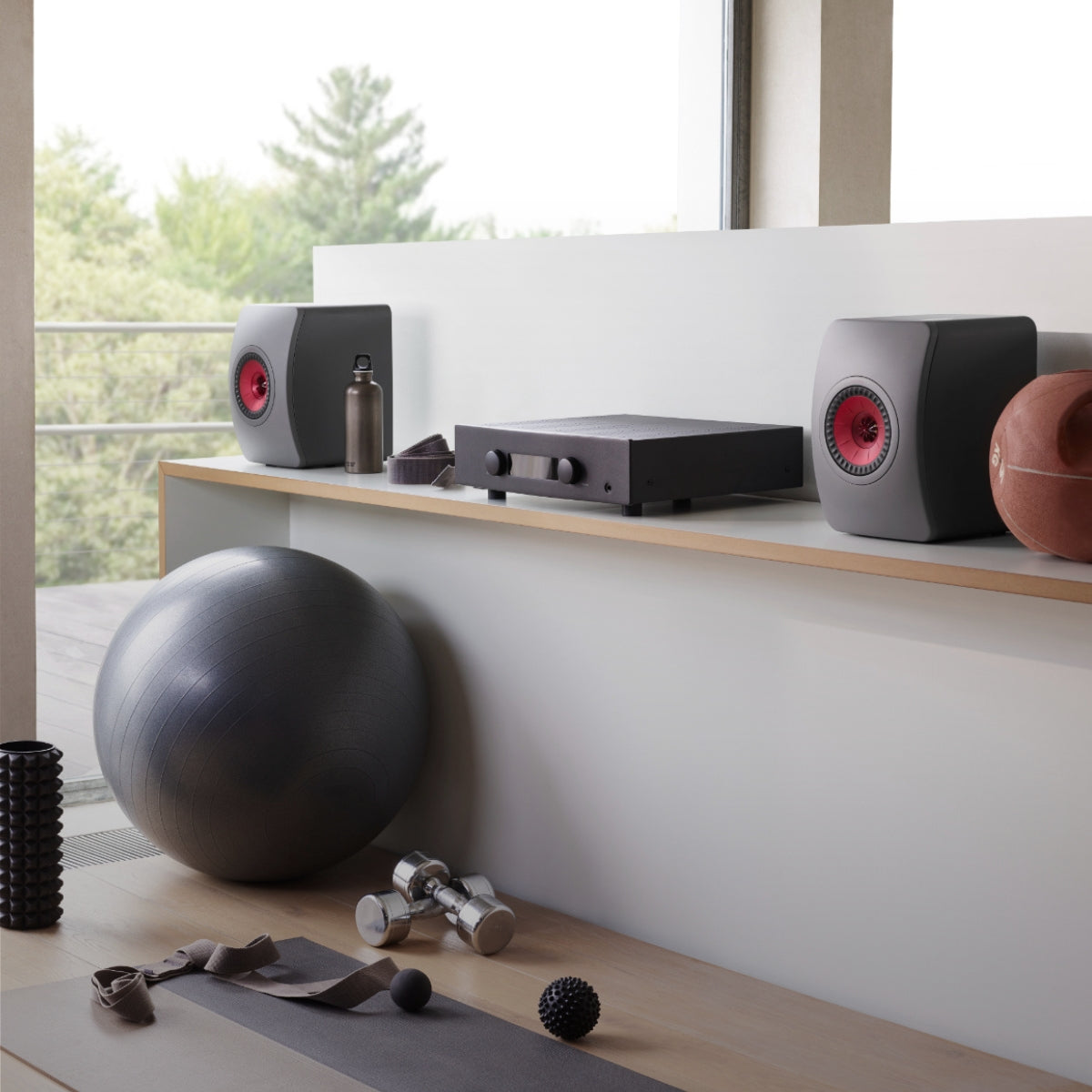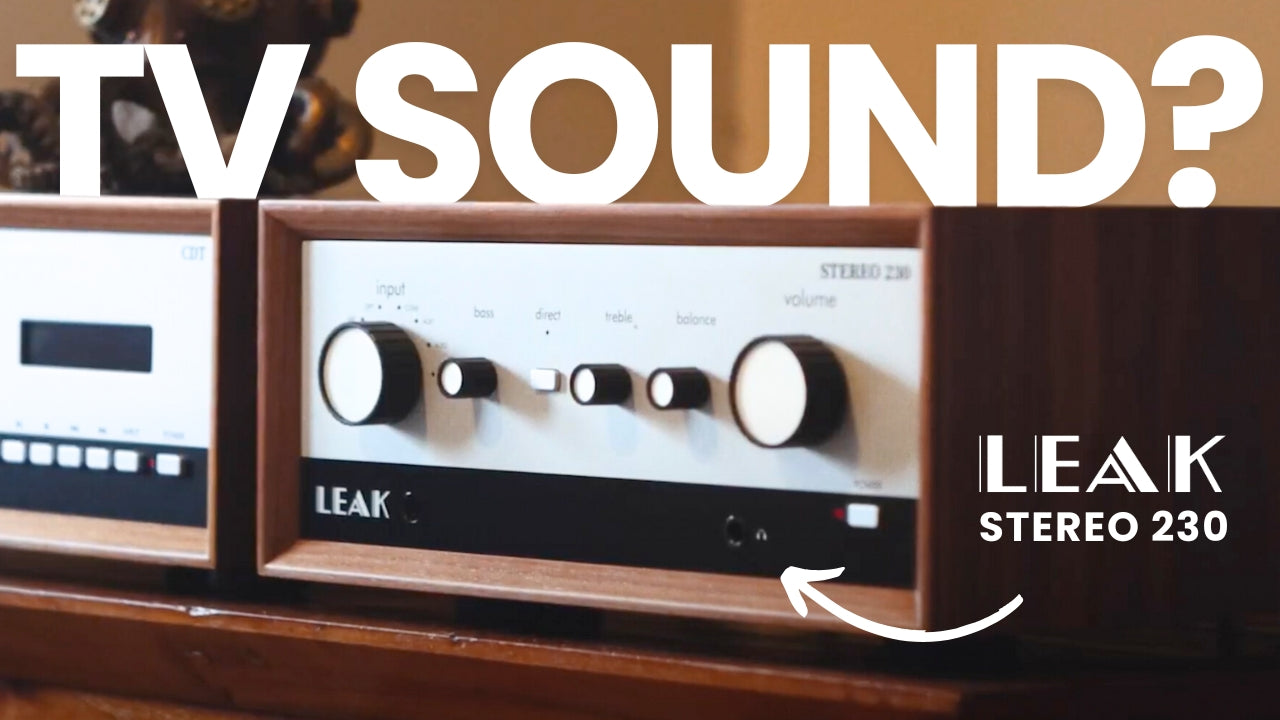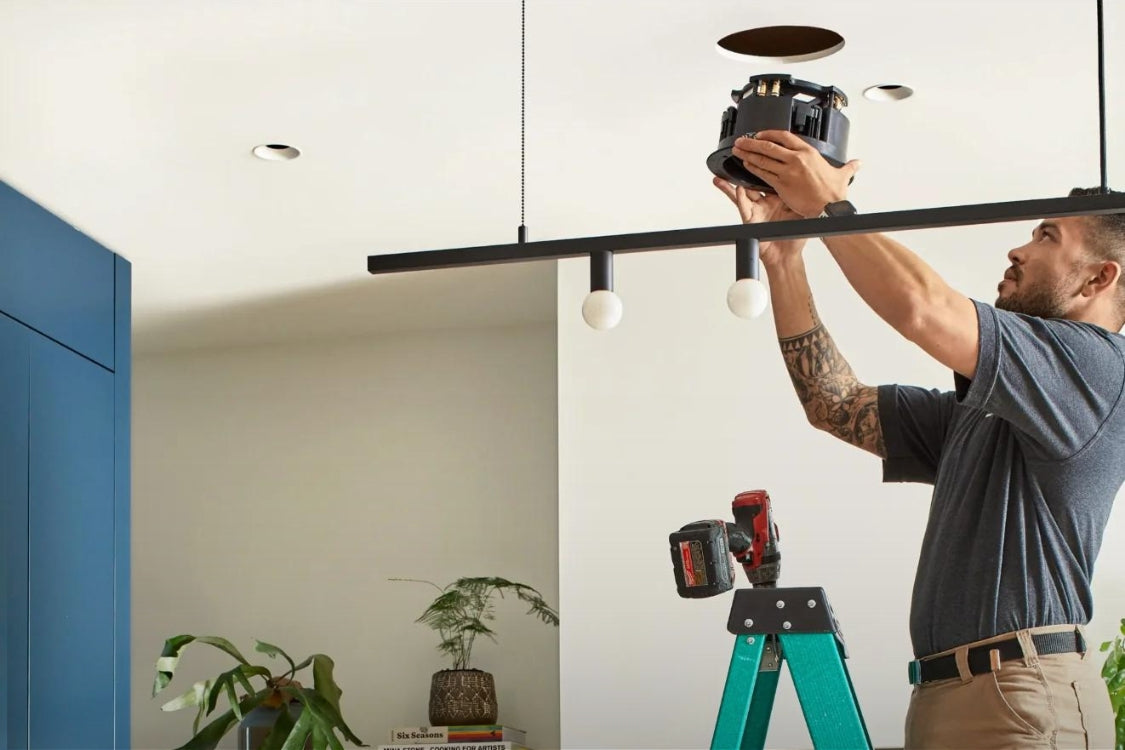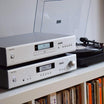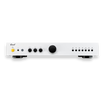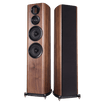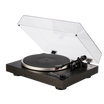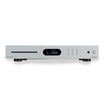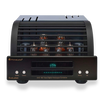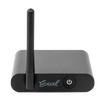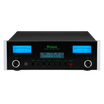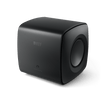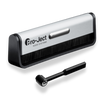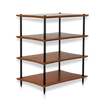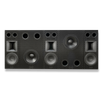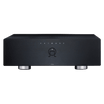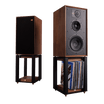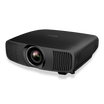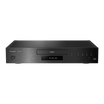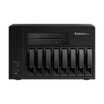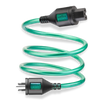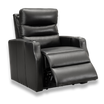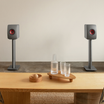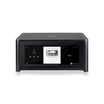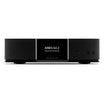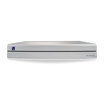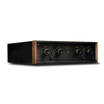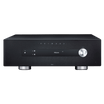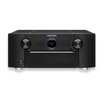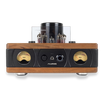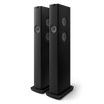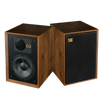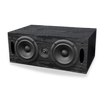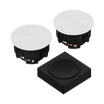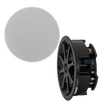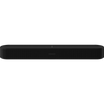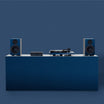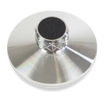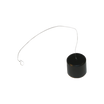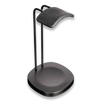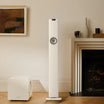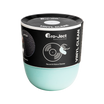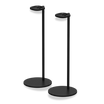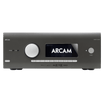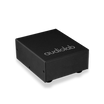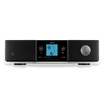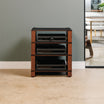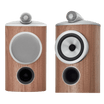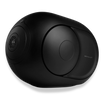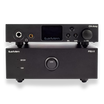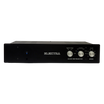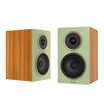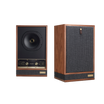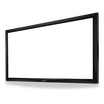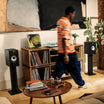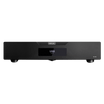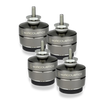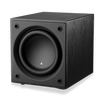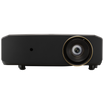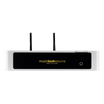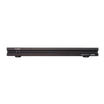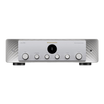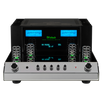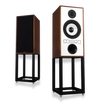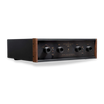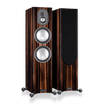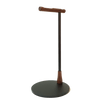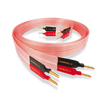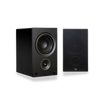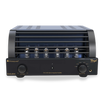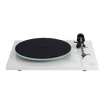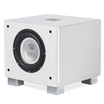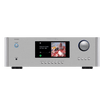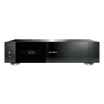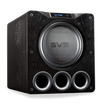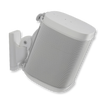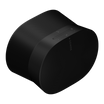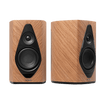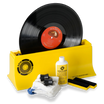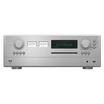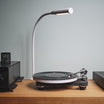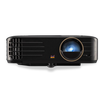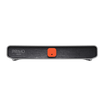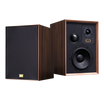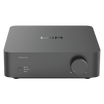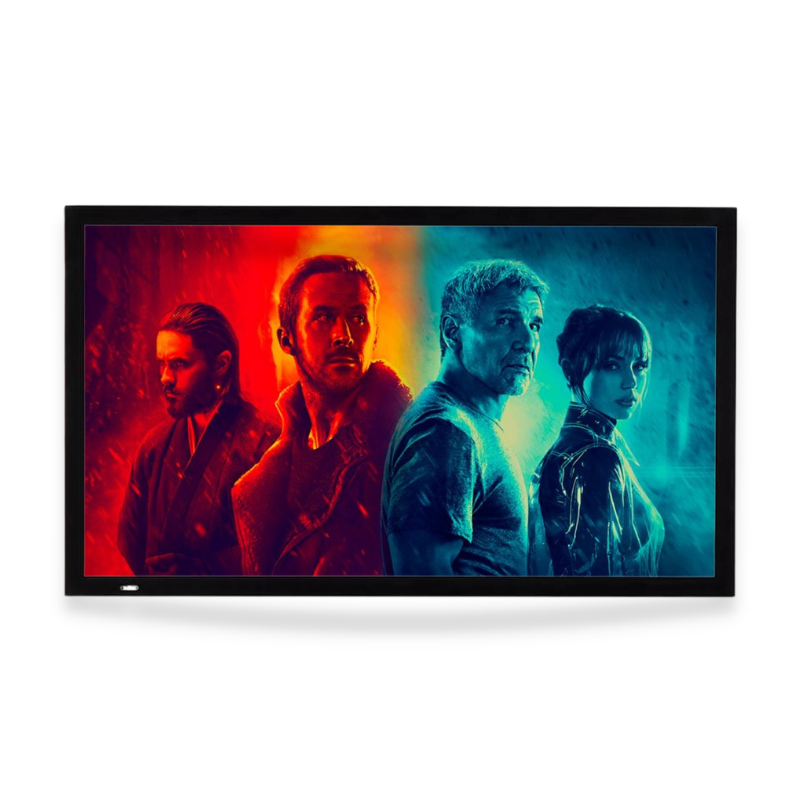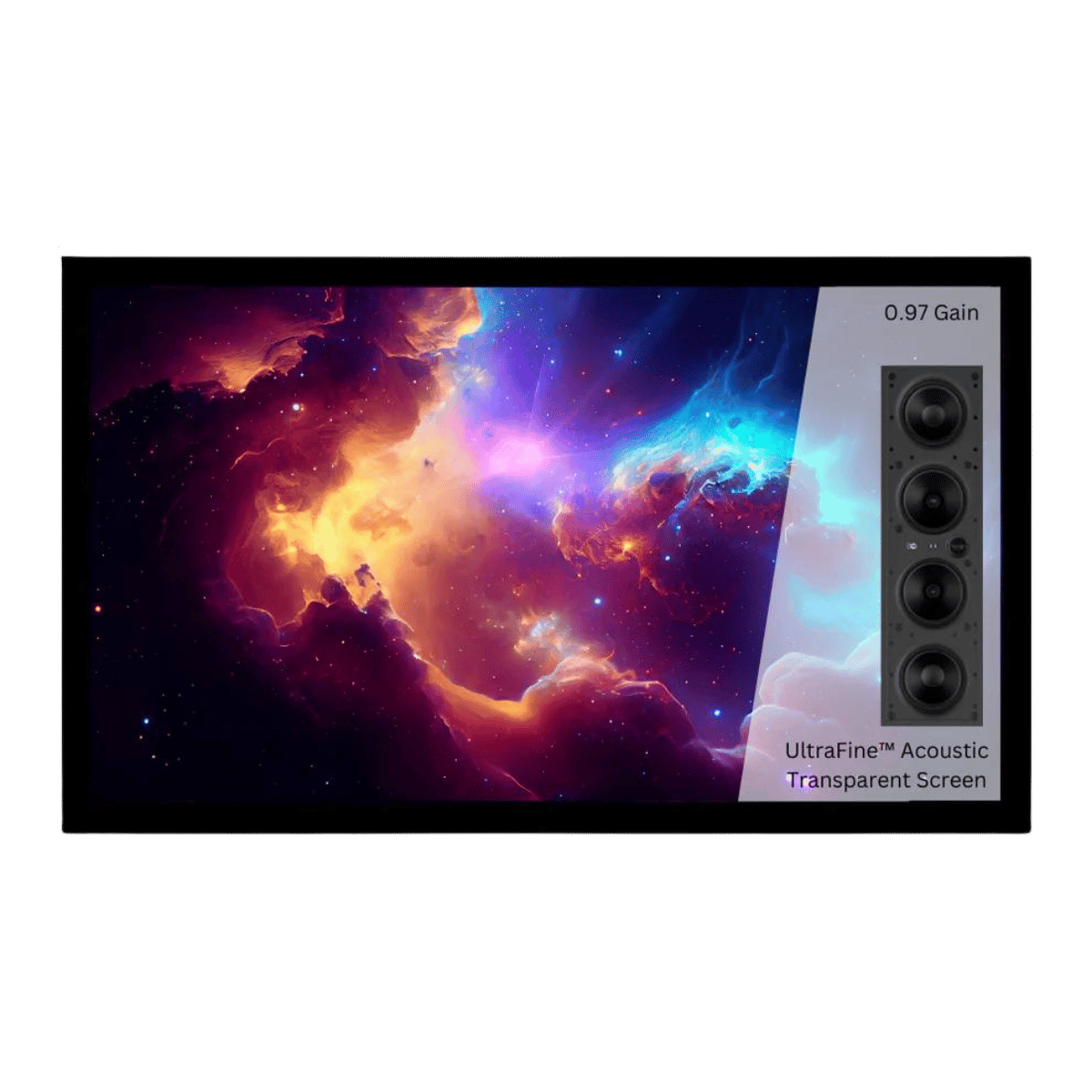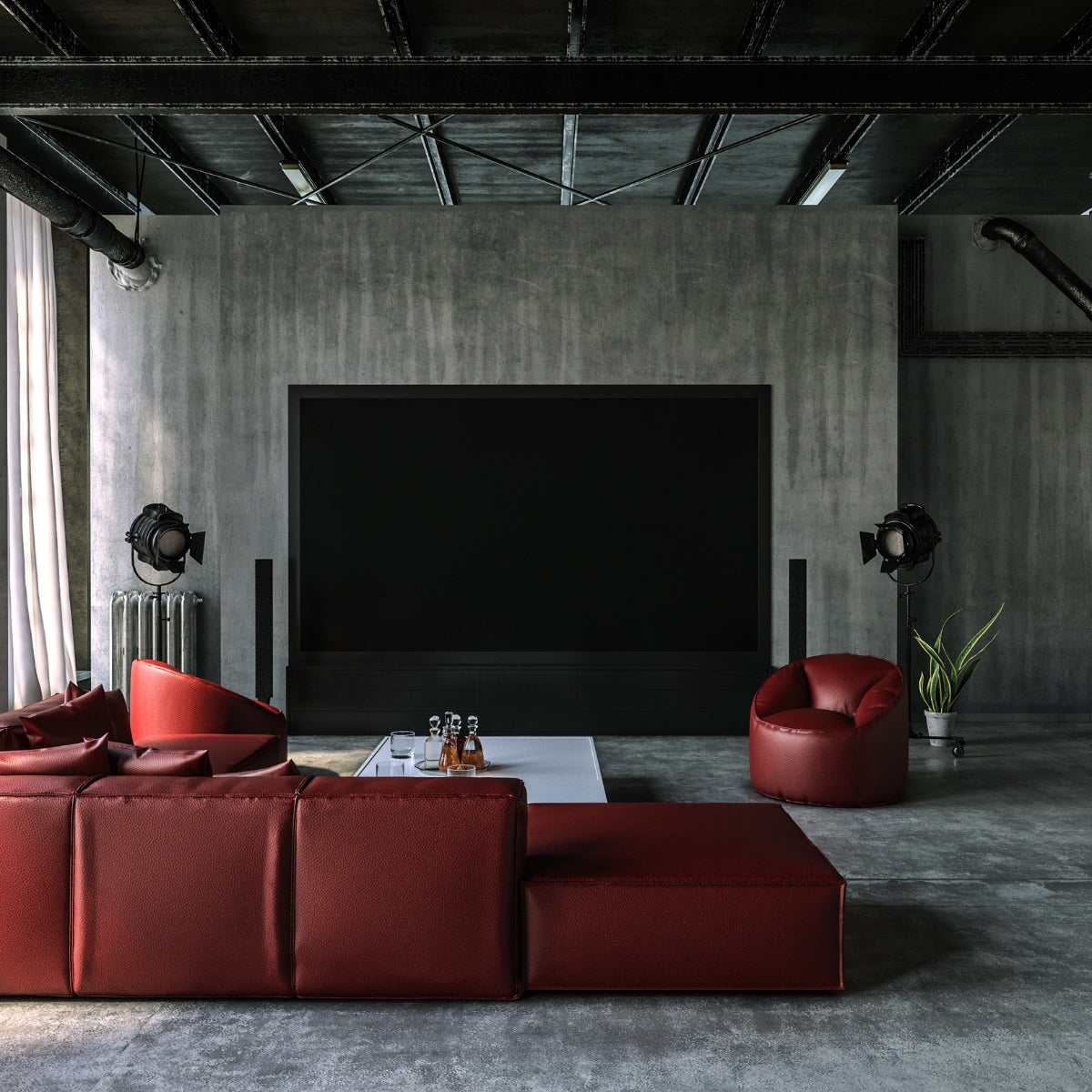
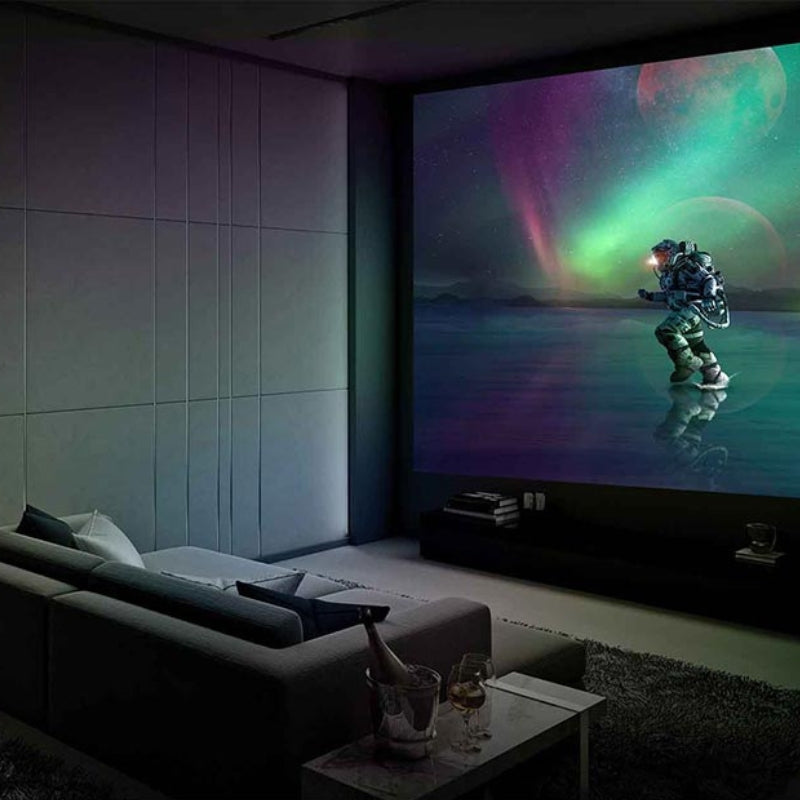
Projector Screens
Filters
6 products
TELL ME MORE ABOUT
Projector Screens
Projector screens are an integral component of any home theatre or presentation setup, transforming ordinary spaces into immersive viewing experiences. Whether it's for a cinematic movie night at home,... Read More
Projector screens are an integral component of any home theatre or presentation setup, transforming ordinary spaces into immersive viewing experiences. Whether it's for a cinematic movie night at home, a professional presentation at work, or an engaging gaming session, the right projector screen can significantly enhance the quality of the displayed content.
What is a Projector Screen?
A projector screen is a surface designed specifically for receiving and displaying images projected from a video projector. Unlike projecting onto a plain wall, which can diminish image quality, a projector screen enhances the clarity, brightness, and contrast of the projected images. These screens are engineered with specialized materials and coatings to optimize light reflection and distribution, ensuring a vivid and consistent image across the entire surface.
Projector screens come in various formats, including fixed-frame, pull-down, motorized, and portable designs, each catering to different needs and environments. They also vary in aspect ratios, such as the standard 16:9 for home theatres or 4:3 for classic video formats, to match the output of different projectors. The surface of a projector screen can be either matte, to reduce glare and enhance viewing in ambient light, or gain-enhanced, to increase brightness in darker settings.
The Key Different Types of Projector Screens
Projector screens come in various types, each designed to cater to specific viewing environments and preferences. Understanding these differences is key to selecting the right screen for your needs. The primary types include:
-
Manual Pull-Down Screens: These are the most common and cost-effective option. Ideal for classrooms and meeting rooms, they can be easily pulled down when needed and retracted back into their casing.
-
Motorized Screens: Offering convenience and a touch of luxury, motorized screens can be retracted or extended with the push of a button. They are perfect for home theatres where aesthetics and ease of use are priorities.
-
Fixed Frame Screens: These screens are permanently mounted on a wall and provide a flat, tensioned surface for optimal image quality. They are ideal for dedicated home theatre rooms.
-
Portable Screens: Designed for mobility, these screens are easy to set up and dismantle, making them suitable for outdoor movies, presentations, or temporary setups.
Factors to Consider When Choosing a Projector Screen
Selecting the right projector screen involves more than just matching the screen size to your room. Before you purchase a projector screen, we recommend you chat with our in-house Home Theatre expert who can help guide you to the right model for your needs and current setup.
Before you do though, this section delves into the key factors you should consider and will help with the guiding process:
-
Screen Size and Aspect Ratio: The size of the screen should complement the dimensions of your room and viewing distance. The aspect ratio, typically 16:9 for home theatres, should align with your projector's output and the type of content you'll be viewing most often.
-
Screen Material: Different materials offer varying levels of reflectivity and viewing angles. High-gain screens are great for bright environments but may limit viewing angles, while matte screens provide wider viewing angles but require a darker room.
-
Gain and Viewing Angle: Gain measures the reflectivity of the screen. A higher gain amplifies brightness but can reduce viewing angles. Consider the layout of your room and the typical number of viewers when deciding on the right balance.
-
Type of Projector: The compatibility of your screen with your projector's technology (DLP, LCD, or LED) is crucial. Some screens are better suited for certain types of projectors, affecting overall image quality.
-
Ambient Light: The amount of ambient light in your room can greatly affect your viewing experience. Screens designed to reject ambient light are ideal for rooms with uncontrollable light sources.
-
Installation and Ease of Use: Consider the ease of installation and the space required for different types of screens, especially if you're considering a fixed or motorized option.
Installation and Maintenance of Projector Screens
Proper installation and maintenance are crucial for maximizing the lifespan and performance of your projector screen.
You should always follow the specific instructions from the manufacturer of your specific screen model, however, this section provides insights into the best practices for setting up and caring for your screen.
-
Choosing the Right Location: The placement of your projector screen should consider room size, projector location, and ambient light sources. Ensure there's enough space for the screen to unroll fully without obstruction.
-
Mounting the Screen: Whether you're installing a fixed, manual, or motorized screen, secure mounting is essential. Follow the manufacturer's guidelines for wall or ceiling mounting to ensure stability and safety.
-
Aligning with the Projector: Proper alignment with the projector ensures the best image quality. The screen should be level and positioned to match the projector's throw distance and angle.
-
Screen Care and Cleaning: Regular cleaning maintains image quality and screen longevity. Use a soft, lint-free cloth to gently wipe the surface. Avoid harsh chemicals and abrasive materials that can damage the screen.
-
Handling Motorized Screens: For motorized screens, ensure the remote control and motor are functioning correctly. Regularly check for any signs of wear in the moving parts.
-
Troubleshooting Common Issues: Be prepared to address common issues like wrinkles or waves in the screen material, misalignment, or motor malfunctions. Consult the manufacturer's guide for specific troubleshooting steps.
Final Thoughts
Whether you're a movie enthusiast seeking an immersive home cinema experience, a business professional aiming for impactful presentations, or an educator looking to engage students, the right projector screen can elevate your visual display to new heights. By considering factors like screen type, size, gain, and installation requirements, you can select a screen that not only meets your specific needs but also enhances the overall quality of your projection system.
Some Quick FAQ:
What are the benefits of using a fixed frame screen?
Fixed frame screens provide a tight and wrinkle-free surface, offering excellent picture quality and a professional appearance.
What is an ALR (ambient light rejecting) screen?
ALR screens are designed to reduce the impact of ambient light, resulting in better image quality in environments with high levels of light.
What is a tab-tensioned screen?
A tab-tensioned screen uses tensioning systems on both the vertical and horizontal sides of the screen, ensuring a flat and smooth viewing surface.
NEED MORE GUIDANCE?
We are here to help
Check out some of our most commonly asked questions.
What do I need to play records?
Getting into vinyl? That’s awesome! We have some curated turntable Hi-Fi packs, with everything you'll need to get spinning right away. But if you want to build your own, read on for all the details.
First off, you'll need a turntable. It's the star of the show, so make sure it’s in good nick, with a decent cartridge and stylus (needle).
Next, there’s the phono preamp. Some turntables or amplifiers come with one built-in, but if yours doesn’t, you’ll need one as a bridge between your turntable and amplifier or powered speakers.
For the sound output, you’ve got two options. You can go with a traditional setup involving an integrated amplifier to take the signal from your phono preamp and power your passive speakers. Alternatively, you can opt for powered speakers, which have the amplifier built in – a handy all-in-one solution.
Speaking of speakers, good ones are a must for that rich, warm vinyl sound we all love. Whether you go for bookshelf or floorstanding speakers (or powered ones) depends on your space and budget.
And there you go! With these essentials, you’ll be ready to dive into your vinyl collection and enjoy that classic sound.
What can a wireless speaker do?
Wireless speakers are a game-changer for how you enjoy music and audio around the house. First off, they let you stream music wirelessly from your phone, tablet, or computer, so no more messing about with cables. You can easily play tunes from Spotify, Apple Music, Tidal or whatever streaming service you fancy.
If you’re into having music everywhere, many wireless speakers offer multi-room audio. You can sync them up to play the same music in every room or control what plays in each room individually, perfect for parties or just keeping the vibes consistent throughout your home.
Voice control is another brilliant feature. Many come with built-in assistants like Alexa, Google Assistant, or Siri. You can control your music with just your voice, ask for the weather, set reminders, or even control other smart home devices.
Sound quality? These little gadgets often pack a punch, delivering high-quality audio that can rival traditional wired setups. Some even offer 360-degree sound, filling the room with music from every angle.
In a nutshell, wireless speakers bring flexibility, convenience, and top-notch sound to your audio experience, making them a fantastic addition to any home. Whether you’re hosting a party, working from home, or just chilling out, they make listening to music a breeze.
How do you choose the right speaker & amplifier combination?
Deciding on a good speaker and amplifier combination is like putting together a perfect wine and cheese pairing—it’s all about balance and harmony. Here’s a conversational guide to help you through it:
First, consider your speakers. These are your main players, so you want to choose ones that fit your space and listening preferences. If you love deep bass and have a bit of room, floorstanding speakers might be your go-to. For smaller spaces or a more subtle look, bookshelf speakers are fantastic.
Now, onto the amplifier. This is where things get interesting. Your amp needs to match your speakers in terms of power and impedance. Check the wattage ratings on your speakers—your amplifier should provide enough power to drive them properly. Too little power and you’ll be missing out on sound quality; too much, and you risk damaging your speakers.
Next, think about the impedance (measured in ohms). Your amp and speakers should be compatible here too. Most speakers are rated at 8 ohms, but some can be 4 or 6. Make sure your amplifier can handle the impedance of your speakers to avoid any performance issues.
Another important factor is the type of sound you’re after. Some amps are known for their warm, rich tones, while others might be more neutral or even slightly bright. It’s a bit like choosing between a vinyl record and a digital stream or CD —each has its own charm. If possible, listen to different amp and speaker combinations to see what sounds best to your ears.
If purchasing online, note that at LE, we have made recommendations on speaker & amplifier combinations that we think sound wonderful together within each product listing.
Don’t forget about connectivity and features. Modern amplifiers often come with a host of options like Bluetooth, Wi-Fi streaming, and various inputs for all your devices. Make sure your amp has the inputs you need for your turntable, CD player, or streaming device.
Finally, consider your budget. Great sound doesn’t always mean breaking the bank, but be prepared to invest to get a quality setup that will last.
In the end, trust your ears. Listen to a few combinations if you can, and go with what makes your music sound the best to you.
Why do I need a headphone amplifier?
If you’re diving into the world of high-quality audio, a headphone amplifier can be a real game-changer. Think of it like this: most standard devices, like your smartphone or laptop, just don’t have the oomph needed to drive headphones properly. They might get the job done, but they won’t do your music justice. A headphone amp gives your headphones the power they need, ensuring you get the volume and clarity that really makes your music shine.
It’s not just about making things louder, either. A good headphone amp can significantly improve sound quality. You’ll get clearer highs, richer mids, and tighter bass, making your favourite tracks sound even better. You might notice details you’ve never heard before, especially if you’re listening to high-resolution audio files.
Premium headphones often have higher impedance, meaning they require more power than your typical audio source can provide. A headphone amp can handle this with ease, making sure your headphones perform at their absolute best. Plus, many amps come with extra features like bass boost, equalisation, and gain control, giving you more ways to tweak the sound to your liking.
In short, if you’re passionate about your music and want to hear it in the best possible way, a headphone amplifier is definitely worth considering. It’s all about unlocking the full potential of your gear and really getting the most out of your listening experience.
Where should I start when designing a home cinema?
Designing your own home cinema? That's awesome! We are here to help walk you through the process, but as a starting point, here’s what we would recommend and where to kick things off:
First up, pick your spot. For most people this is your existing lounge room, but if you have an underused garage, or spare bedroom, then you have an opportunity to create your very own true Home Cinema experience. Find a room that’s just right—not too cramped and ideally away from noisy areas. This sets the stage for that immersive movie experience.
Next, think about how you’ll set things up. Plan where your seats will go and where to place your projector screen for the best view from every angle. It’s all about creating that comfy, cinematic vibe.
Sound matters, too. Consider if you want a wireless system for simplicity or a full surround sound speaker system with AV receiver for that surround-sound thrill. Think about soundproofing or adding acoustic panels or thick carpets to really amp up the audio quality of the room.
Now, onto the screen. Decide between a crisp TV or a projector setup, depending on your room size and personal style. Maybe even throw in some dimmable lights or smart lighting to set the mood just right.
And hey, don’t forget comfort. Invest in plush cinema seating and think about the décor—whether it’s movie posters, blackout curtains, or popcorn machine & bar area, whatever gives you that true cinema feel.
Lastly, tech it up! Make sure everything—from your Blu-Ray player & Apple TV to your gaming consoles—is set to sync perfectly with your new setup.
With these steps, you’re on your way to creating a home cinema that’s not just a space, but an experience. Enjoy movie nights like never before!

